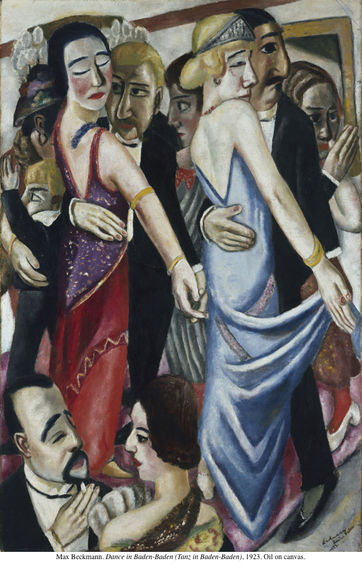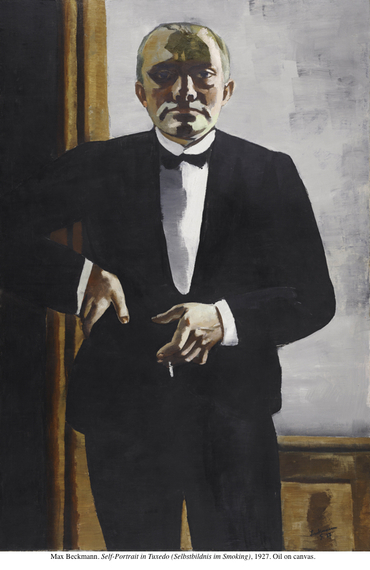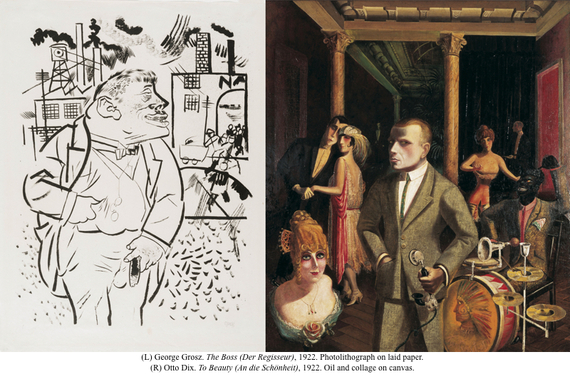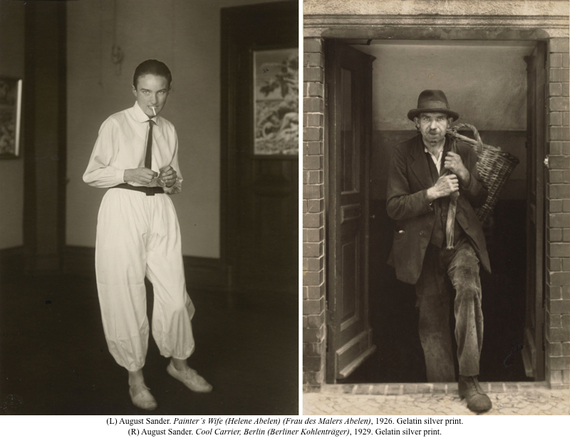Thirty years ago, when LACMA presented a retrospective of works by German artist extraordinaire, Max Beckmann (1884-1950), I found his art to be confusing, annoying, and unworthy of my attention. But instead of being able to simply dismiss and forget it, I kept talking to anyone who would listen about how bad I thought his art was. Some friends tried -- ha! ha! -- to change my mind but to no avail.
I went to see the exhibition a second time, not to change my mind, but to look at Beckmann's art once again for the sole purpose of finding new ways to prove to my friends just how wrong they were in their sympathy for his work. And you know what happened to me on my second visit? Oh yes, I hear you guessing that this time, I had my eyes opened. No, I hated his work even more.
And at this point, I simply couldn't think or talk about anything but Beckmann. My friends started to gently avoid me... suggesting that our next cup of coffee or conversation should take place... hmmm... maybe weeks or months later... So, logic be damned, I went to see the exhibition a third time. And that's when I felt the dark, foggy glasses fall away from my eyes and, at last, I saw the troubling, painful beauty of Max Beckmann's art.
The current blockbuster exhibition at LACMA, "New Objectivity: Modern German Art in the Weimar Republic, 1919-1933," starts and ends with a number of Beckmann's powerful works. It's simply amazing to see so much great work by leading German artists in the aftermath of the disasters of World War I. The country was devastated, broken, but artists like Max Beckmann, George Grosz, Otto Dix, and August Sander, with their divergent style, gave sober, unsentimental, and graphic depictions of the tumultuous years of the Weimar Republic. If you haven't seen this exhibition yet, hurry up, as it closes next Monday, January 18th.
A new exhibition at Christopher Grimes Gallery, "Gardner Museum Revisited," by Oakland-based artist, Koto Ezawa, deals with arguably the most devastating museum theft that has ever happened in the United States. In 1990, a group of thieves disguised as Boston police conned their way into the museum and stole 13 immensely valuable works of art, among them, paintings and drawings by Rembrandt, Vermeer, Degas, and Manet.
In this exhibition, Kota Ezawa shows an animated film as well as a series of light boxes, each of them displaying a deliberately stylized recreation of the stolen work. A quarter of a century later, the mystery of what happened to the works remains unsolved. Visitors to the Isabella Stewart Gardner Museum are confronted by the empty frames still displayed where the original works once hung, still waiting for these masterpieces to come home.
To learn about Edward's Fine Art of Art Collecting Classes, please visit his website. You can also read The New York Times article about his classes here, or an Artillery Magazine article about Edward and his classes here.
___________
Edward Goldman is an art critic and the host of Art Talk, a program on art and culture for NPR affiliate KCRW 89.9 FM. To listen to the complete show and hear Edward's charming Russian accent, click here.






